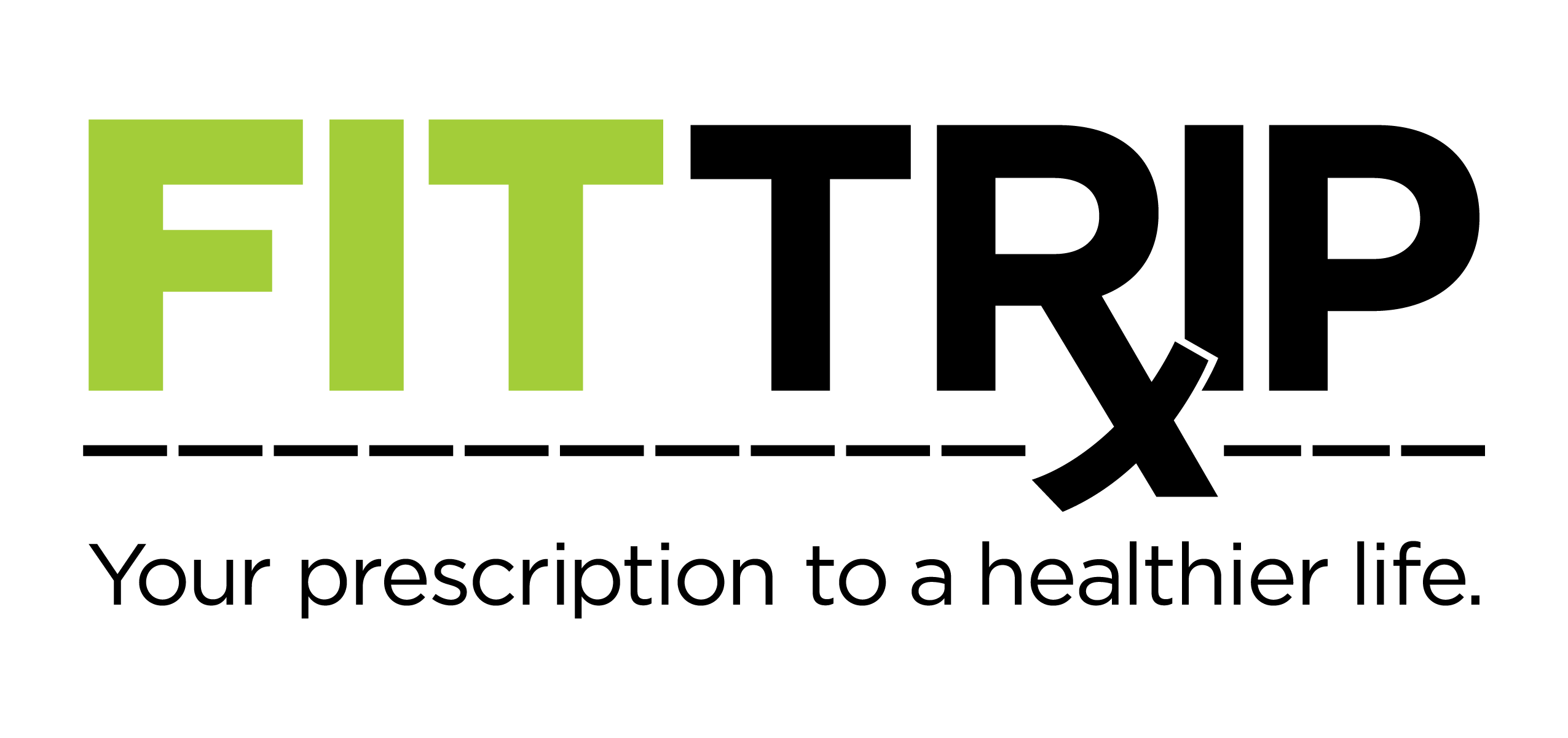Planes of Movement and Why They Matter
Most of us have heard of exercises like a squat, a lunge, or a biceps curl. And we often also know the related muscle group, like quadriceps, hamstrings, or biceps. These are great guides to creating a focused workout, but have you ever thought about your workout in terms of planes of motion?

What are Planes of Motion?
If you never took an anatomy course, you might have never heard of this term. That’s okay! We have three planes of motion that we use daily.
Sagittal Plane: This plane of motion is the one we use the most. Think of this as “front to back.” When we walk, our arms and legs move in the sagittal plane. Walking down a hallway is a perfect example of this plane. As you move, you stay parallel to the long wall beside you. That wall represents the sagittal plane, the invisible plane our limbs are moving on.
Examples of movements using the sagittal plane:
-
Most cardio facing forward (walking, jogging, stair climbers, biking)
-
Leg Press
-
Biceps Curl
-
Triceps Pressdown
-
Crunch
Frontal Plane: You can think of this plane as “side to side.” If we think about a hallway, but instead of walking down normally, we turn so our back is against the wall and sidestep down the hallway, that’s moving in the frontal plane!
Example of movements using the frontal plane:
-
Most cardio moving sideways (Lateral-X machine, lateral shuffles, gallops)
-
Jumping Jack
-
Lateral Shoulder Raise
-
Standing Lateral Leg Lift
-
Side Bend
Transverse Plane: For this example, we are abandoning our mental hallway! Instead, we will think about a desk. Movement in the transverse plane is like moving on top of a desk or table. It includes rotating our torso or our limbs, but it also includes special movement in the shoulders and hips. So even if some movements, like a chest press or seated hip adduction, look like they should be sagittal or frontal plane movements, they are transverse because of the action of the shoulder and hip, respectively.
Examples of movements using the transverse plane:
-
Oblique Twist
-
Back Fly
-
Chest Fly
-
Chest Press
-
Seated Hip Abduction
Why Are Planes of Motion Important?
Using all three planes of motion strengthens all our muscles and helps our bodies become more robust and stronger. We tend to spend most of our days moving in the sagittal plane. We tend to walk forward to our destination or face our computers or phones when we are on them! So our bodies are good at working in the sagittal plane. We can challenge ourselves when we work out by adding in more frontal plane or transverse plane movements to help our bodies get more efficient in moving that way! Hopefully, after adding more planes of motion into your workout, the next time you trip and suddenly have to step sideways to catch yourself, you can catch yourself more easily and keep moving!
